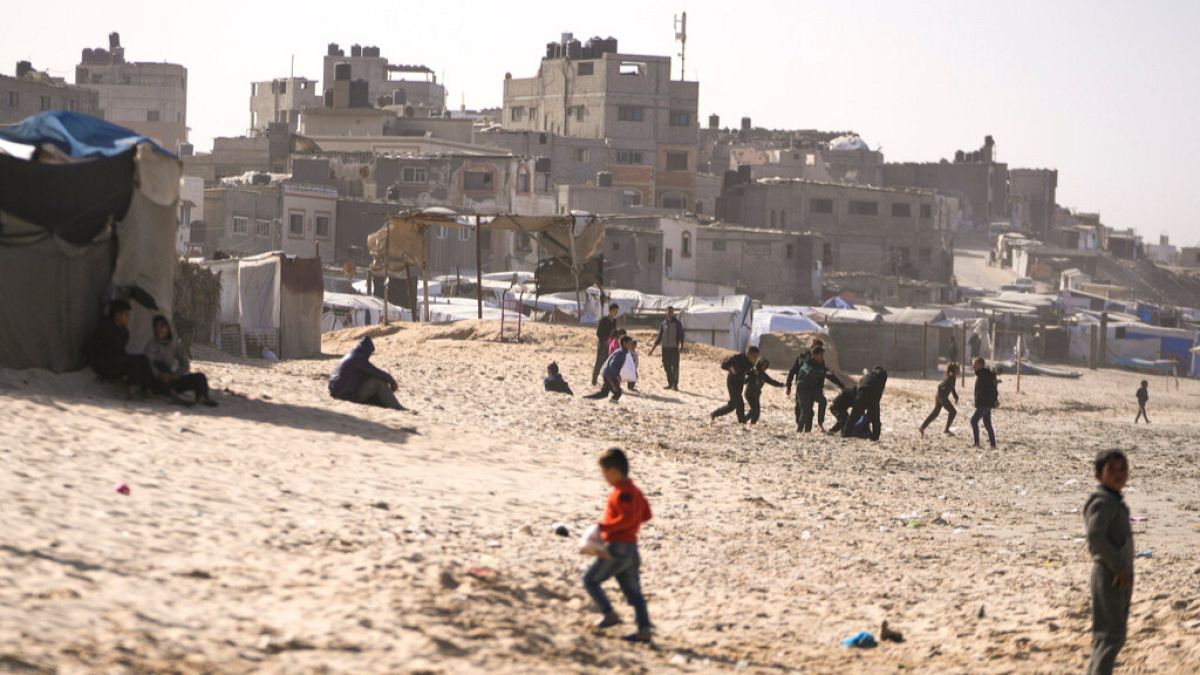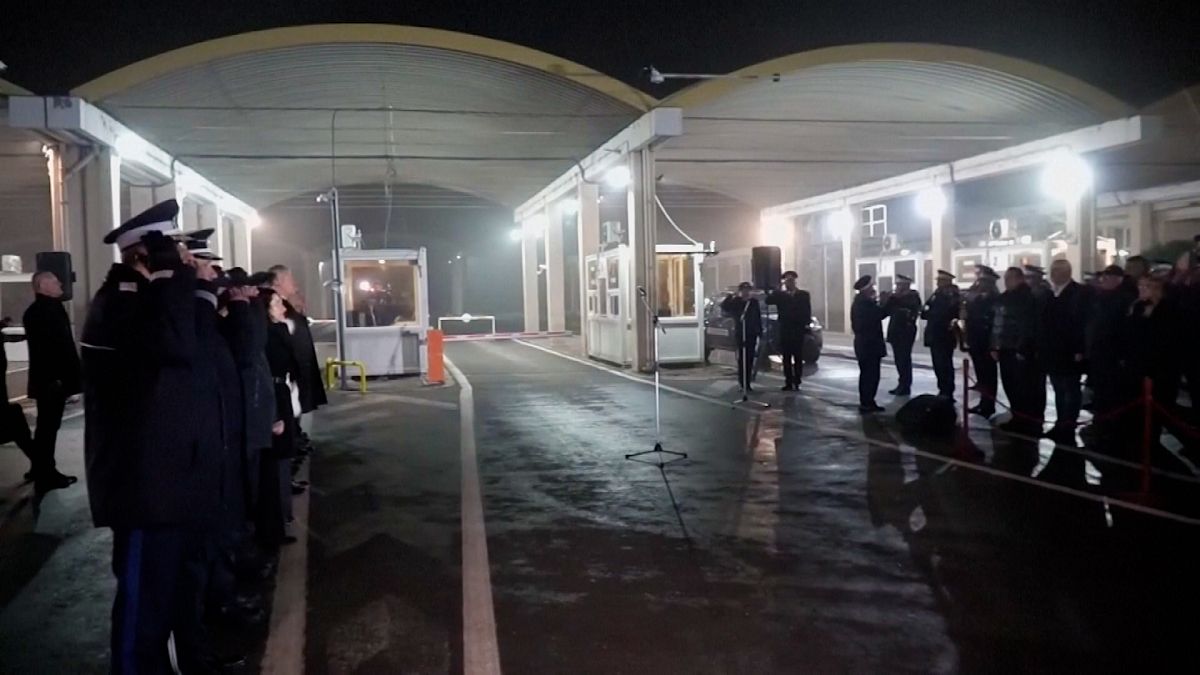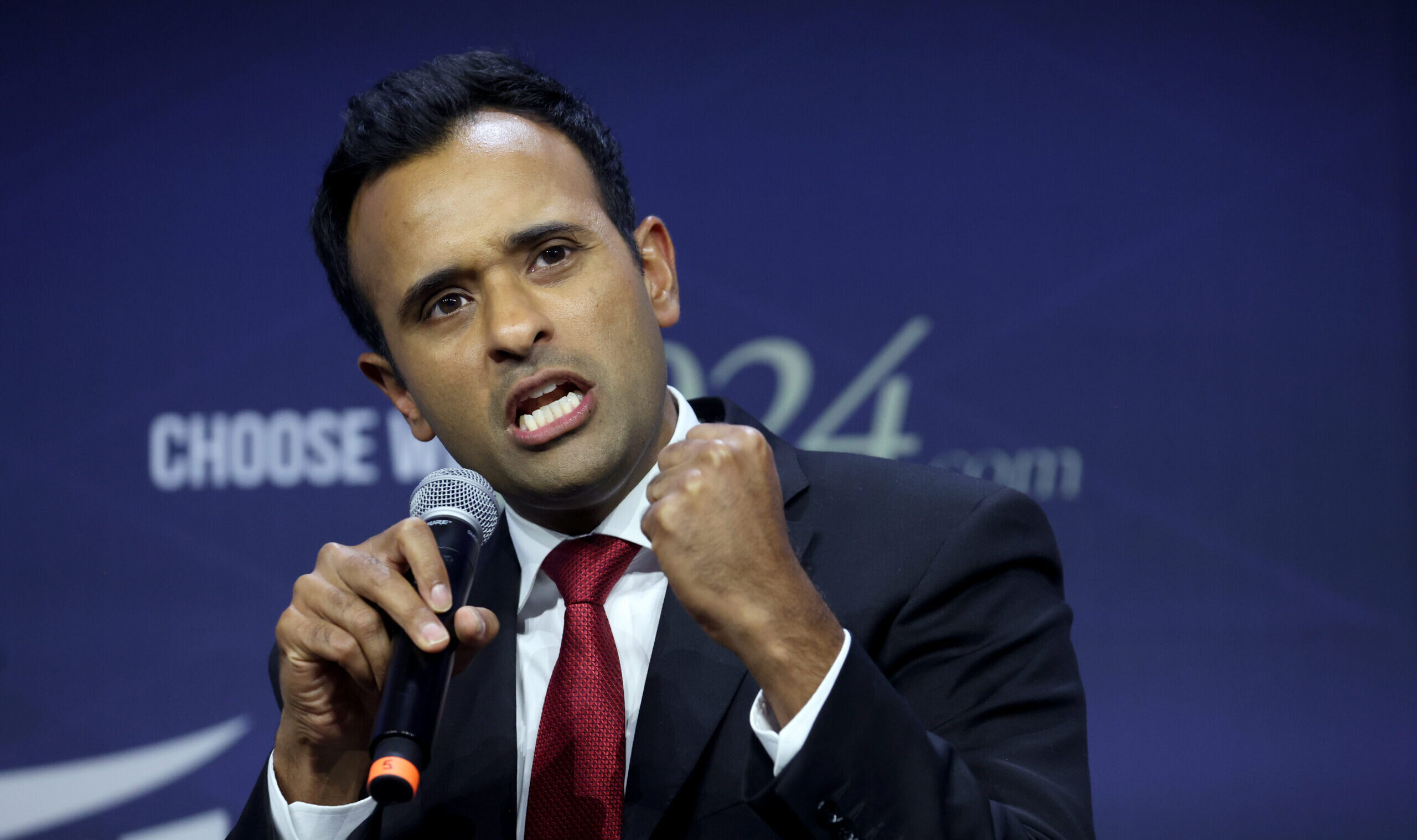Jeju Air's plane received a bird strike warning shortly before attempting to land at Muan, whilst the pilot declared 'mayday' just one minute later.
An emergency official said on Sunday that investigators are "presuming" that either a "bird strike" or "deteriorating weather conditions" caused a plane crash in South Korea which killed 179 people. Two crew members managed to survive.
Local fire station chief Lee Jeong-hyeon told journalists in Muan that "the exact cause will be determined by a further forensic and joint investigation."
He was speaking after the passenger plane burst into flames earlier in the day when it skid off the runway in Muan and slammed into a concrete fence after its front landing gear apparently failed to deploy. The Transport Ministry said the plane was a 15-year-old Boeing 737-800 jet that was returning from Bangkok
Of the 179 people that died, 85 were women, 84 men and 10 others whose genders weren’t immediately identifiable, the South Korean fire agency said. Emergency workers confirmed there are just two survivors, both crew members, which they pulled to safety. Health officials said they are conscious and not in life-threatening condition.
Among the 177 bodies so far found, officials have so far identified 88 of them, the fire agency said. The passengers were predominantly South Korean, as well as two Thai nationals. Thailand's Foreign Ministry said its embassy in Seoul received confirmation from South Korean authorities that the two Thai passengers were among the fatalities.
The fire agency deployed 32 fire trucks and several helicopters to contain the blaze. About 1,570 firefighters, police officers, soldiers and other officials were also sent to the site, according to the fire agency and transport ministry.
Lee said that the plane was completely destroyed, with only the tail assembly remaining recognisable among the wreckage. "As a person who has seen the site, I can only say I am sad," he added.
A week of mourning
Transport Ministry officials later said their early assessment of communication records show the airport control tower issued a bird strike warning to the plane shortly before it intended to land and gave its pilot permission to land in a different area. Just one minute after the warning, the pilot sent out a distress signal, after which the plane overshot the end of the runway and skidded across a buffer zone before hitting the wall, the officials said.
Leading Deputy Prime Minister Choi Sang-mok travelled to Muan and called for officials to employ all available resources to find the missing and identify the victims as soon as possible. The government declared Muan a special disaster zone to provide assistance to the families of victims and designated a weeklong national mourning period through Saturday.
Yoon’s office said his chief secretary, Chung Jin-suk, presided over an emergency meeting between senior presidential staff to discuss the crash and reported the details to Choi. Yoon expressed condolences to the victims in a Facebook posting.
Jeju Air in a statement expressed its “deep apology” over the crash and said it will do its “utmost to manage the aftermath of the accident.”
In a televised news conference, Kim E-bae, Jeju Air’s president, bowed deeply with other senior company officials as he apologised to bereaved families, saying he feels “full responsibility” for the incident. Kim said the company hadn’t identified any mechanical problems with the aircraft following regular check-ups and that he would wait for the results of government investigations into the cause of the incident.
The crash was one of the deadliest disasters in South Korea’s aviation history.
The last time South Korea suffered a large-scale air disaster was in 1997, when a Korean Airline plane crashed in Guam, killing 228 people on board.
ir safety.

 By Euronews | Created at 2024-12-29 14:46:10 | Updated at 2025-01-01 14:43:43
3 days ago
By Euronews | Created at 2024-12-29 14:46:10 | Updated at 2025-01-01 14:43:43
3 days ago








